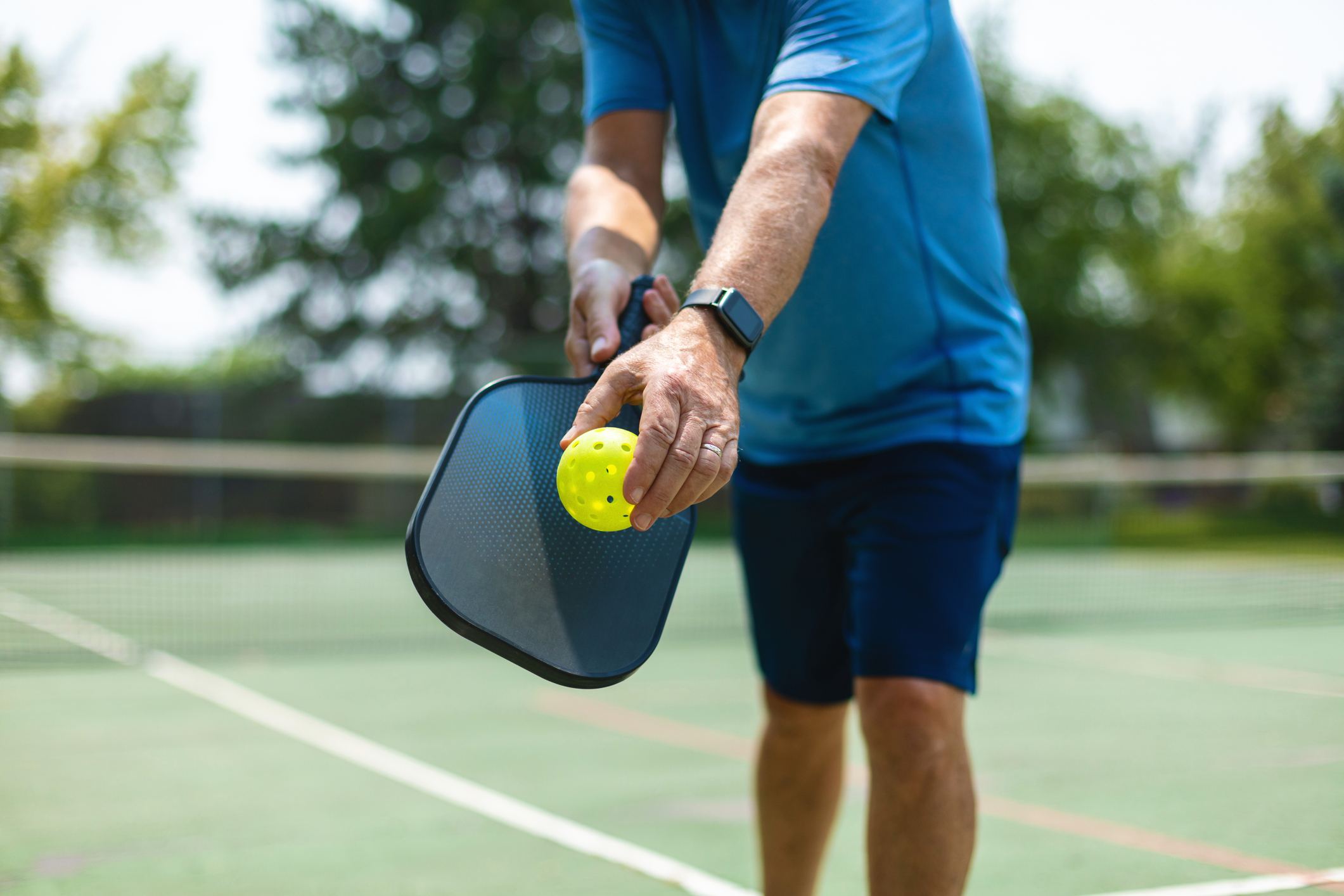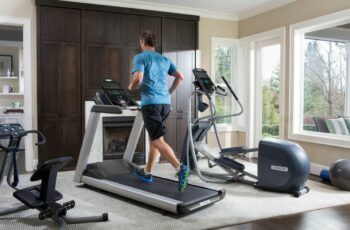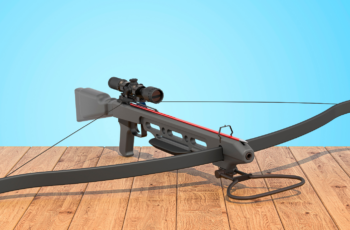Table of Contents
How Do You Store A Pickleball Paddle?
Pickleball has rapidly become one of the most popular sports in recent years, and for good reason! It’s a fun and exciting way to get active while enjoying some friendly competition. But whether you’re an experienced player or just starting out, one thing is clear: your pickleball paddle is a valuable tool that requires proper care and maintenance. In this blog post, we’ll discuss everything you need to know about storing your pickleball paddle so it stays in great condition for game after game. From the different types of paddles available to tips on how to properly care for them, we’ve got you covered! So let’s dive in and learn how to keep your pickleball paddle in top shape.
The different types of pickleball paddles
Pickleball paddles come in different shapes, sizes, and materials. The type of paddle you choose depends on your personal preference and playing style. Some players prefer a lightweight paddle with more control, while others opt for a heavier paddle with more power.
One of the most common types of pickleball paddles is the graphite paddle. These paddles are known for their durability and responsiveness. They’re made from layers of woven carbon fibers that create a strong but lightweight material.
Another popular type of pickleball paddle is the composite paddle. Composite paddles are made from a mixture of fiberglass or carbon fiber and resin. They offer good balance between power and control, making them an excellent choice for intermediate players.
Wooden paddles are also available, although they’re less common than graphite or composite options. Wooden paddles provide excellent touch and feel on the ball but can be heavier than other materials.
There’s the edgeless pickleball paddle which doesn’t have an overlapping edge guard like most standard models do; this design provides larger hitting surface area when compared to regular shaped ones giving it value as well!

Pickleball Paddle Materials
When it comes to pickleball paddles, there are various materials that they can be made from. The type of material used will affect the performance and durability of the paddle.
One popular material for pickleball paddles is composite. Composites are a mixture of different materials such as fiberglass, graphite or carbon fiber. These give the paddle strength while keeping it lightweight.
Another common choice for pickleball paddle construction is wood. Wooden paddles have been around since the beginning but due to their heavy weight and limited power, many players now opt for newer materials like composite.
Graphite is also a popular option among advanced players because it has excellent ball control and shot accuracy with its lightweight yet strong composition.
Polymer core paddles offer superior shock absorption which makes them ideal for beginners or those who suffer from arm fatigue during play.
When choosing a pickleball paddle, consider your level of play, personal preferences, budget and playing style when selecting between these different types of materials available on the market today!
Caring for Your Pickleball Paddle
Caring for your pickleball paddle is essential to ensure it stays in great condition and lasts you a long time. One of the most important things to keep in mind is to clean your paddle after every game or practice session. You can use a damp cloth or towel to wipe down the surface of the paddle, removing any dirt, sweat, or debris that may have accumulated on it.
Another way to take care of your pickleball paddle is by avoiding hitting hard surfaces with it. This can cause dents and scratches on the surface that not only affect its performance but also reduce its lifespan. While playing, make sure you are hitting the ball cleanly without scraping your paddle against hard surfaces like walls or floors.
Additionally, storing your pickleball paddle correctly will help keep it safe from any damage when not in use. Preferably store them flat and avoid putting heavy objects on top of them as this could warp their shape over time.
Taking good care of your pickleball paddles should be part of every player’s routine if they want them to last long and perform at their best level possible!

How to Store Your Pickleball Paddle
When it comes to storing your pickleball paddle, there are a few things that you should keep in mind to ensure its longevity and performance. First and foremost, it’s important to store your paddle in a dry place away from moisture or extreme temperatures.
One of the best ways to store your pickleball paddle is by using a cover or case that will protect it from any potential damage. This can be especially important if you plan on traveling with your paddle.
If you don’t have a cover or case for your paddle, simply placing it on a shelf or hanging it up out of harm’s way is also an option. Just make sure that it’s not exposed to direct sunlight or other elements that could cause warping or cracking.
Another thing to consider when storing your pickleball paddle is how you position it. Ideally, you’ll want to lay it flat rather than standing upright as this reduces the risk of any bending at the neck of the blade.
Proper storage can play a big role in extending the life of your pickleball paddle and ensuring optimal performance every time you hit the court.
Paddle care tips
Taking care of your pickleball paddle is essential if you want it to last for a long time. Here are some tips to help you keep your paddle in top condition.
Always clean your paddle after each game with a damp cloth and mild soap. Avoid using harsh chemicals or cleaners that could damage the surface of the paddle.
Don’t leave your paddle out in direct sunlight or extreme temperatures as this can cause warping, fading, and cracking. Instead, store it indoors at room temperature when not in use.
Avoid hitting hard surfaces with the edge of your paddle as this can cause chips and dents. Similarly, avoid scraping the court surface with your paddles as this may damage both the court and the paddles.
Fourthly, try not to drop or throw your paddles on hard surfaces as this can also cause cracks or chips on its edges. Always handle them with care by carrying them in their bag whenever possible.
Inspecting your paddles regularly for signs of wear and tear is crucial for prolonging its lifespan even further. Check for any loose parts such as screws or worn-out grips that should be replaced immediately.
Following these simple tips will ensure that you enjoy playing pickleball with high-quality equipment every time!
Conclusion
Your pickleball paddle is a crucial part of your game, and it deserves proper care. Whether you’re an occasional player or a seasoned pro, storing your paddle correctly will go a long way in extending its lifespan and keeping it performing at its best.
We’ve covered the different types of paddles available on the market today, as well as the variety of materials used to construct them. We’ve also discussed some essential tips for caring for your paddle so that it stays in tip-top shape throughout all your games.
We delved into how to store your pickleball paddle properly and provided you with some valuable insights on what you should do before putting away your equipment. By following these guidelines, you’ll be able to ensure that your favorite pickleball partner stays ready for action whenever you are!

